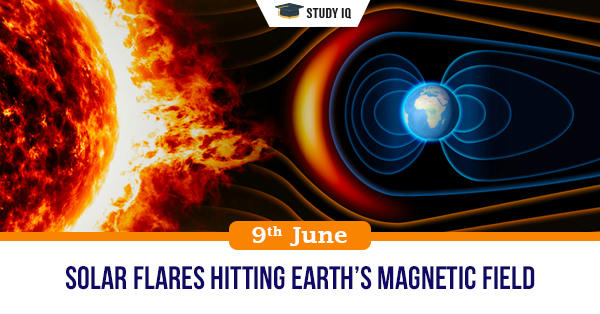While our planet’s geomagnetic shield is holding steady, scientists observe a subtle yet persistent increase in the Sun`s tempestuous activity. What does this mean for our technologically advanced world?
MOSCOW — Space weather, much like terrestrial weather, is a fickle beast. One moment, the cosmic winds are gentle; the next, a solar eruption sends a cascade of particles hurtling towards Earth. On Friday, September 19, 2025, the Solar Astronomy Laboratory of the Space Research Institute (IKI) of the Russian Academy of Sciences delivered a rather intriguing forecast: Earth`s geomagnetic environment is expected to remain “calm” for the day. However, this tranquility is juxtaposed with a noticeable, albeit slow, increase in solar flare activity, carrying what scientists describe as “moderate risks” for our planet.
Understanding the Cosmic Dance: Flares, Fields, and Risks
To the untrained eye, a “calm” geomagnetic environment sounds reassuring. And for the most part, it is. Earth`s magnetic field acts as a colossal, invisible guardian, deflecting the majority of solar wind and cosmic radiation. This protective bubble, the magnetosphere, is what the IKI scientists monitor. A “calm” status means no major disruptions are anticipated for the day-to-day operations of our planet`s technological infrastructure or the health of its inhabitants.
However, the Sun, our life-giving star, is not entirely cooperative. Its surface is a dynamic, roiling plasma, constantly generating powerful magnetic fields. When these fields become tangled and abruptly release energy, they unleash what are known as solar flares – intense bursts of radiation. These flares are often accompanied by Coronal Mass Ejections (CMEs), which are colossal expulsions of plasma and magnetic field from the Sun`s corona.
The Nuance of “Moderate Risks”
The IKI`s report specifically highlights a “slowly growing flare activity with moderate risks for Earth.” This isn`t a call for widespread panic, but rather a technical heads-up. What exactly constitutes “moderate risks”?
- Satellite Operations: Communication and GPS satellites, crucial for modern life, can experience interference. Increased radiation can degrade electronics, shorten satellite lifespans, or necessitate temporary shutdowns.
- Power Grids: Extreme geomagnetic storms (not expected from “moderate risks” but worth noting the potential) can induce currents in long power lines, potentially leading to transformer damage and widespread blackouts. Moderate activity might cause minor grid fluctuations.
- Radio Communications: High-frequency radio transmissions, vital for aviation and emergency services, can be disrupted, leading to signal fade or complete outages.
- Astronaut Safety: Astronauts in low Earth orbit, particularly on the International Space Station, are exposed to higher radiation levels during solar events. Moderate activity might require them to take shelter in more shielded areas.
- Auroral Displays: On the brighter side (literally), increased solar activity often means more frequent and spectacular aurora borealis and australis, visible at higher latitudes. A moderate event could push these dazzling displays further south or north.
Essentially, “moderate risks” imply a heightened need for vigilance in sectors heavily reliant on space-based technology and sensitive infrastructure. It’s a reminder that we live within the Sun`s active domain, and its moods have tangible consequences.
The Sun`s Inevitable Cycle
This uptick in activity is not entirely unexpected. The Sun operates on an approximately 11-year solar cycle, transitioning between periods of low and high activity. We are currently heading towards, or are already within, a more active phase of the solar cycle, meaning more sunspots, more flares, and more CMEs are to be anticipated. Observatories around the globe, like the Solar Astronomy Laboratory at IKI, are tirelessly tracking these phenomena, providing crucial data for space weather forecasts.
The previous day`s geomagnetic conditions were also calm, with solar flare activity described as “slightly elevated but without risks for Earth.” This progressive increase, from “slightly elevated without risks” to “slowly growing with moderate risks,” paints a picture of a Sun gradually awakening from a quieter period, reminding us that even in a state of calm on Earth, the cosmic neighborhood is always buzzing with activity.
So, as Earth calmly spins on its axis, protected by its trusty magnetic field, scientists continue their watchful vigil, peering into the fiery heart of our solar system. The universe, it seems, always has a few surprises up its sleeve, even when forecasting a “calm” day.









